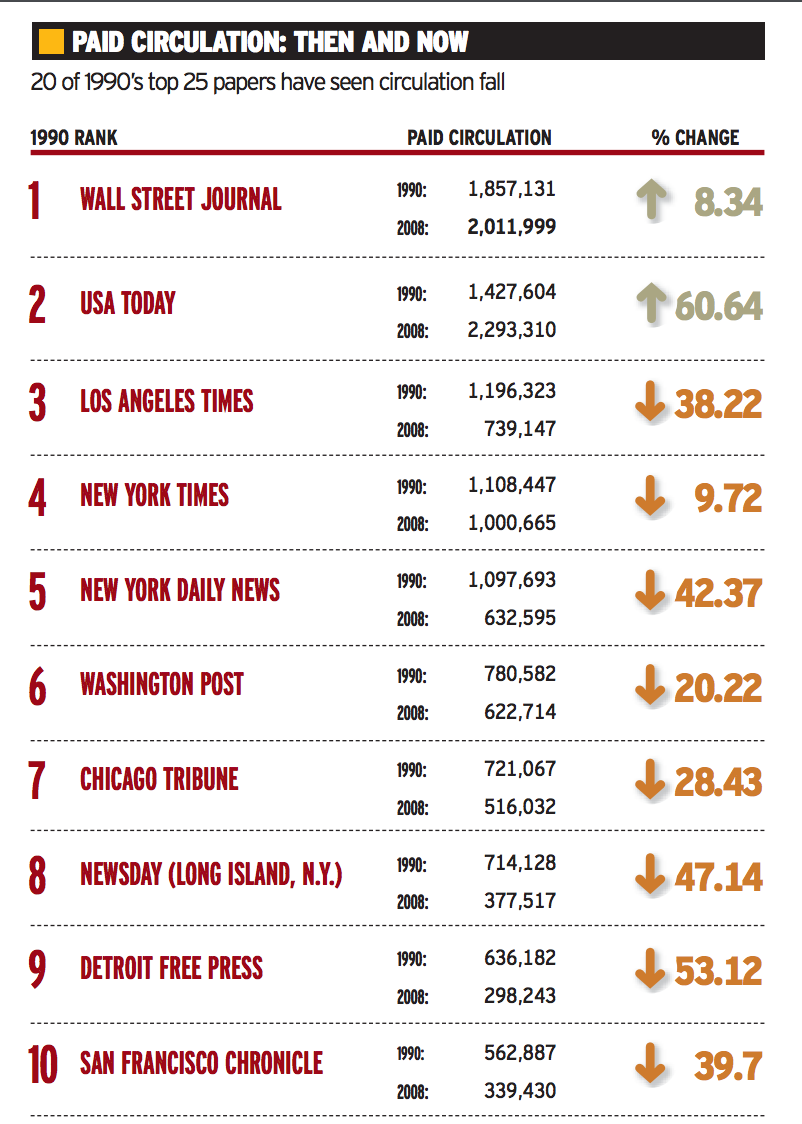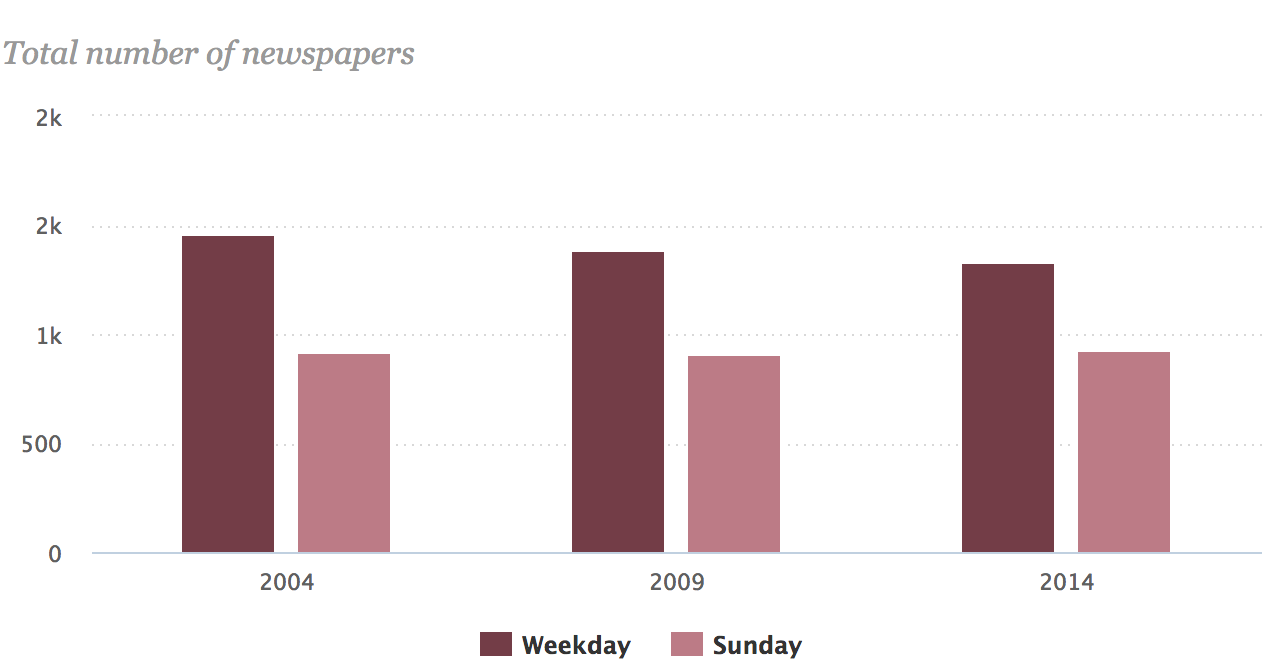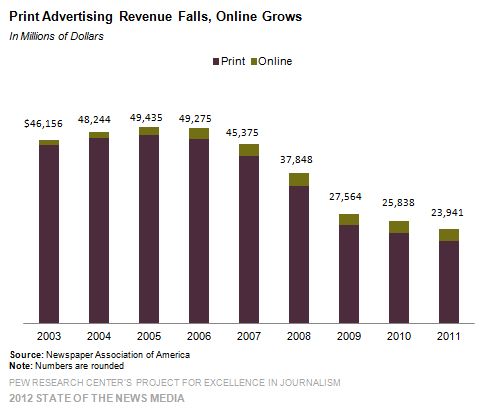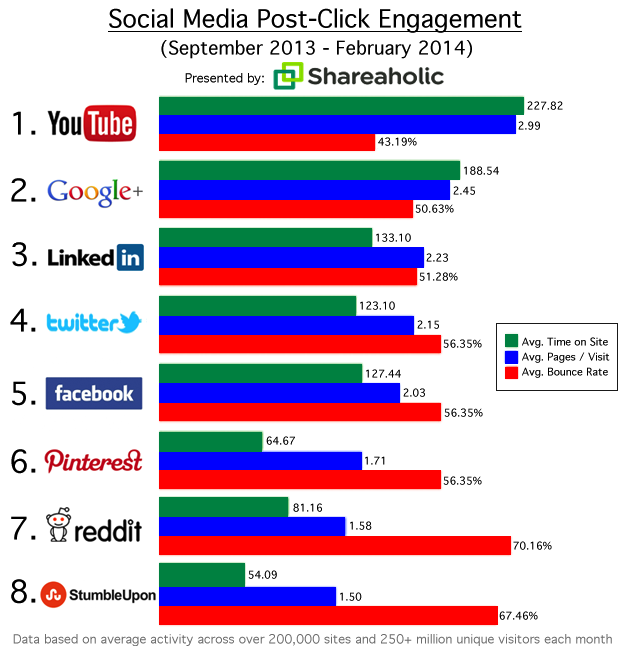
Why Publishers Want AI Personalized Content: A View from Sales
When someone throws out the buzzword Artificial Intelligence, many of us think about self-driving cars, Siri, and Alexa. There are a ton of artificial intelligence powered products that people interact with every day but wouldn’t register it as AI, for example: Netflix, Facebook, or Spotify. When it comes to content consumption, the best AI algorithms go unnoticed in the background. In the past year, an increasing number of media companies have started to look at AI as the solution to combat the steady decline of print media.
Since I interact with many of these brands on a day to day basis, I am privy to a number of discussions about the challenges publishers face and what they are looking for to fill the gaps.
Here are 5 of the most common threads I’ve put together, after talking through hundreds of use cases, that explain why publishers are turning towards AI:
- The decline of traditional media
- Ineffectiveness of the one-size-fits-all approach
- Growing digital competition
- Brand loyalty and social fly-bys
- Saving time
1) The Decline of Traditional Media
Before the boom of the internet in the late 1990’s/early 2000’s print, radio, and TV were the primary means of content consumption. With the rapid growth of technology and ease of access to devices connected to the internet – print became redundant and publishers started to digitize their content. Take look at this comparison of the top newspapers in circulation in the United States from 1990 until 2008 to see the drastic drop in revenue that print media saw in less than twenty years.

In fact, the number of daily newspapers has declined by more than 100 since 2004.

The decline of publications in circulation has caused many publishers to look for ways recoup the loss of their print audience through digital channels like email and web. With fewer consumers picking up a local paper when they wake up in the morning, publishers need a way to serve up the best stories to their readers when they’re checking the news for the day.
Washington D.C. based PEW Research Center’s studies show a similar decline and with no surprise, dollars drop when circulation drops.

Change doesn’t happen unless there’s financial impact. When circulation drops so do print advertisements. Publishers then look to the web to monetize their digital presence. This is where the idea of using AI to drive more pageviews and digital ad revenue comes in.
2) Ineffectiveness of the One-Size-Fits-All Approach
Publishers are realizing they often pigeon hole their readers into the wrong segment when marketing to them. There’s a big difference between people reading an article because of how popular it is compared to how personally relevant it is. During election season, many readers are more likely to click on political articles — because of their relevance at the time — that doesn’t necessarily mean they will continue to exact the same behaviors once election season is over.
This concept is the most common amongst media companies who have a wide array of content produced daily – examples being sports sites or more traditional news sites.
Just because a user is interested in a popular article, doesn’t mean that it’s the only thing they are interested in. In the blasting to masses approach, the returns eventually diminish because readers lose interest, and when readers lose interest, advertising revenue immediately drop. When publishers turn to AI to optimize their content recommendations, emails and more – they see that the ‘stickiness’ factor is retained.
3) Growing Digital Competition
Competitors are another big reason for digital brands starting to turn to machine learning. In the digital world, competitors aren’t just defined as publishers in the same space, but rather as anyone who could take their audience’s eyeballs away to another web experience. There are only so many hours in a day where we choose to consume content – the competition for this content consumption time is the digital battleground.
Think about the amount of time you spend reading content at home, on your commute, or during your breaks. Where are you going? Are there certain sites you visit more than others? Why?
The most popular websites on the web are Google, YouTube, and Facebook. Publishers are realizing they need to find ways to have readers consume their content on their site for more hours than they are on Facebook. Of course, it all comes down to how many views they can drive – but if you’re making money off of your traffic, you want to be sure readers are going to your site and not anywhere else.
4) Brand Loyalty and Social Fly-bys
These two concepts go hand in hand with how connected we are to the digital world. Phones, watches, TV’s, tablets, computers – all the devices you can use to visit your favorite websites. The best analogy to compare personalization is going to your favorite cafe.
Would you rather go to a cafe where the barista knows your name and how to make your favorite drink or go to a cafe where you’re just another customer?
It’s human nature to want to be treated special. It is also the reason why companies like Spotify, Facebook, and Netflix are household names now when 10 years ago they weren’t. They curate an experience that is so great for each one of their users and offer a personal experience tailored to them.
Larger publishers like TRONC, Washington Post, and more have started to build out their own artificial intelligence powered personalization teams because they see the benefits of having a highly personalized concierge experience for their readers. Publishers want to emulate the experience of people going to their favorite cafe. They want to be the hub where their audience members are receiving the stories and content they need the most, so that they’re happy whenever a newsletter hits the inbox.
Publishers rightfully pour tons of money into social media. Social media is now one of the prime areas where customers get their news and read about subjects they are interested in.

A high bounce rate is a common issue amongst those spending dollars on social ads. A user clicks on the content and then immediately returns to their social feed. Now, modern publishers are looking into creative ways to capture that user’s email address, and to encourage that user to scroll through their own feed experience. The way publishers are doing this is by creating a curated experience once a visitor hits the site to create delight and turn them into a loyal subscriber.
5) Saving Time
The last and probably most obvious thing I’ve heard from publishers is the time component that is saved by creating personalized experiences. If you had an editor-curator for every one of your readers trying to understand their preferences and what they want to read next – it’d be easy to personalize. However, this is hard to scale from a headcount perspective.
When curating newsletters with a one size fits all approach, you can probably be relevant to a portion of your readers but never all of them. When you use AI, it takes out the manual guess work in trying to figure out who likes what.
From a technical standpoint, artificial intelligence powered personalization also takes less time to build out unique emails or web experiences for each of your readers. With the time saved for marketers, they are able to focus on more initiatives around creating content versus curating it manually.


